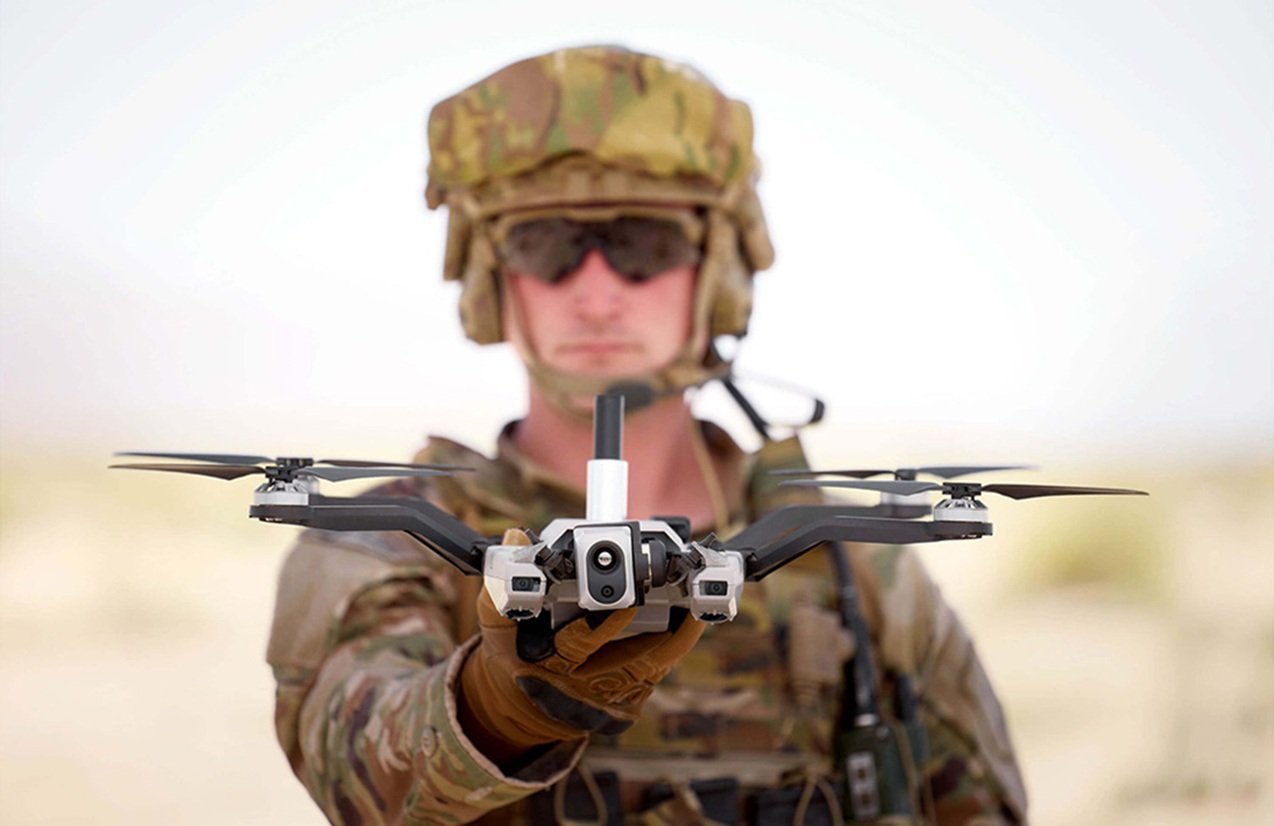
U.S. Army Expands Production of short Range Recon Drones
The U.S. Army has begun production of the second tranche of its Short Range Reconnaissance (SRR) Unmanned Aircraft Systems, pushing forward efforts to modernize battlefield intelligence and reconnaissance capabilities.
The Army announced that Teal Drones and its Black Widow system are among the vendors selected to manufacture the SRR platform, which will equip the service’s Transformation in Contact (TiC) units. The systems are designed to provide advanced, networked communications and intelligence tools to counter emerging threats.
Initial fielding of SRR tranche one began in September 2022. To date, the Army has delivered the capability to more than 16 brigades. Lessons from that first tranche, including direct feedback from Soldiers, have been incorporated into tranche two to refine performance and usability. The Army said this approach of iterative development will continue in future tranches, ensuring units receive updated technology on an accelerated schedule.
The TiC initiative is part of a broader Army effort to test how personnel, tactics, and technology align to meet the demands of modern warfare. According to the Program Manager for Uncrewed Aircraft Systems, delivering SRR systems is central to supporting the Army’s strategic objectives.
These drones serve as force multipliers, providing precision targeting support, timely intelligence for ground operations, and enhanced operational flexibility. Equipped with advanced sensors, SRR systems integrate with the Uncrewed Vehicle Control system and the Android Tactical Assault Kit, giving commanders real-time reconnaissance and target acquisition.
The Army said this integration empowers leaders to make rapid, informed decisions on the battlefield. At the same time, the drones are designed to reduce Soldier exposure to hazards by detecting threats, identifying safe routes, and scouting contested areas before troops move in.
SRR systems incorporate high-resolution sensors, encrypted communications, and rugged designs that allow them to function in complex operational environments. Unlike larger unmanned platforms, these small systems are intended to operate at the squad and platoon level, placing aerial reconnaissance directly into the hands of frontline Soldiers.
The Army emphasized that tranche two systems reflect substantial improvements over earlier models, including longer endurance, enhanced durability, and expanded operating range. These upgrades were informed directly by Soldiers who used tranche one drones in training and operational environments.


